The Long Run Is Characterized By

Global markets are bracing for sustained volatility as economic indicators paint a picture of a challenging long run characterized by high inflation, persistent supply chain disruptions, and geopolitical instability. Experts warn that the era of easy money is over, demanding a fundamental shift in business and investment strategies.
This article delves into the emerging realities shaping the long-term economic landscape, providing a clear understanding of the key trends and their potential impact on businesses and individuals.
The Inflationary Landscape
Inflation remains stubbornly high across major economies, defying initial expectations of a temporary surge. The latest Consumer Price Index (CPI) data from the US Bureau of Labor Statistics reveals a continued increase, although at a slightly slower pace than previous months. This suggests that while the peak may have passed, prices are not rapidly returning to previous levels.
The European Central Bank (ECB) is also grappling with similar inflationary pressures, further complicating the global economic outlook. Rising energy costs, exacerbated by the war in Ukraine, are a significant driver of inflation in Europe.
Central banks are responding with aggressive interest rate hikes, aiming to curb demand and bring inflation under control. However, these measures risk triggering a recession, creating a delicate balancing act for policymakers.
Supply Chain Fragility Persists
Global supply chains remain vulnerable to disruptions, hindering economic recovery. The COVID-19 pandemic exposed the fragility of interconnected supply networks, and ongoing geopolitical tensions are further exacerbating the situation.
Port congestion, material shortages, and rising transportation costs continue to plague businesses. Companies are now actively exploring strategies to diversify their supply sources and build resilience into their operations.
Data from the Institute for Supply Management (ISM) shows that supplier delivery times remain extended, indicating ongoing challenges in sourcing materials. The situation is particularly acute for industries reliant on semiconductors and other critical components.
Geopolitical Instability: A New Normal?
The war in Ukraine has fundamentally altered the geopolitical landscape, creating significant uncertainty and economic disruption. The conflict has led to increased energy prices, trade disruptions, and humanitarian crises.
Tensions between major powers continue to rise, threatening to further destabilize the global economy. Businesses are increasingly factoring geopolitical risks into their strategic decision-making.
Sanctions imposed on Russia have had a significant impact on global trade flows, particularly in energy and commodities. The long-term implications of these sanctions are still unfolding.
The Shift in Monetary Policy
The era of ultra-low interest rates is definitively over. Central banks are aggressively tightening monetary policy to combat inflation, leading to higher borrowing costs for businesses and consumers.
The Federal Reserve (Fed) has signaled its commitment to further rate hikes, even if it means slowing down economic growth. Other central banks are following suit, creating a synchronized tightening cycle across the globe.
This shift in monetary policy is expected to have a significant impact on asset prices, with potential for corrections in equity and bond markets. Investors are urged to exercise caution and diversify their portfolios.
Implications for Businesses
Businesses face a challenging environment in the long run, characterized by higher costs, increased competition, and greater uncertainty. Companies need to adapt quickly to survive and thrive.
Strategies for success include improving operational efficiency, diversifying supply chains, and investing in innovation. Businesses also need to be prepared for increased volatility in financial markets.
The World Economic Forum (WEF) has highlighted the importance of building resilience and adaptability in the face of ongoing global challenges. Companies that can effectively navigate these challenges will be best positioned for long-term success.
What's Next?
Monitoring economic indicators closely is now more crucial than ever. Businesses and investors should pay close attention to inflation data, supply chain developments, and geopolitical events.
Central bank policy decisions will continue to be a key driver of market movements. It is imperative to understand the rationale behind these decisions and their potential impact on the economy.
Navigating the long run requires a proactive and adaptive approach. Staying informed, managing risks effectively, and embracing innovation will be essential for success in this challenging environment. Prepare for change.
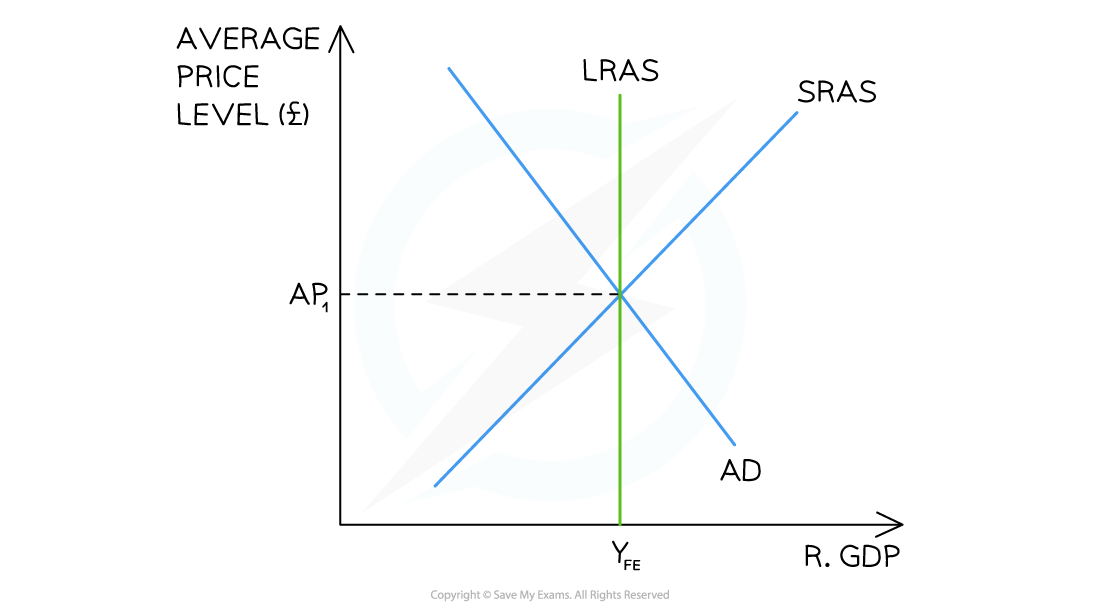
.jpg)




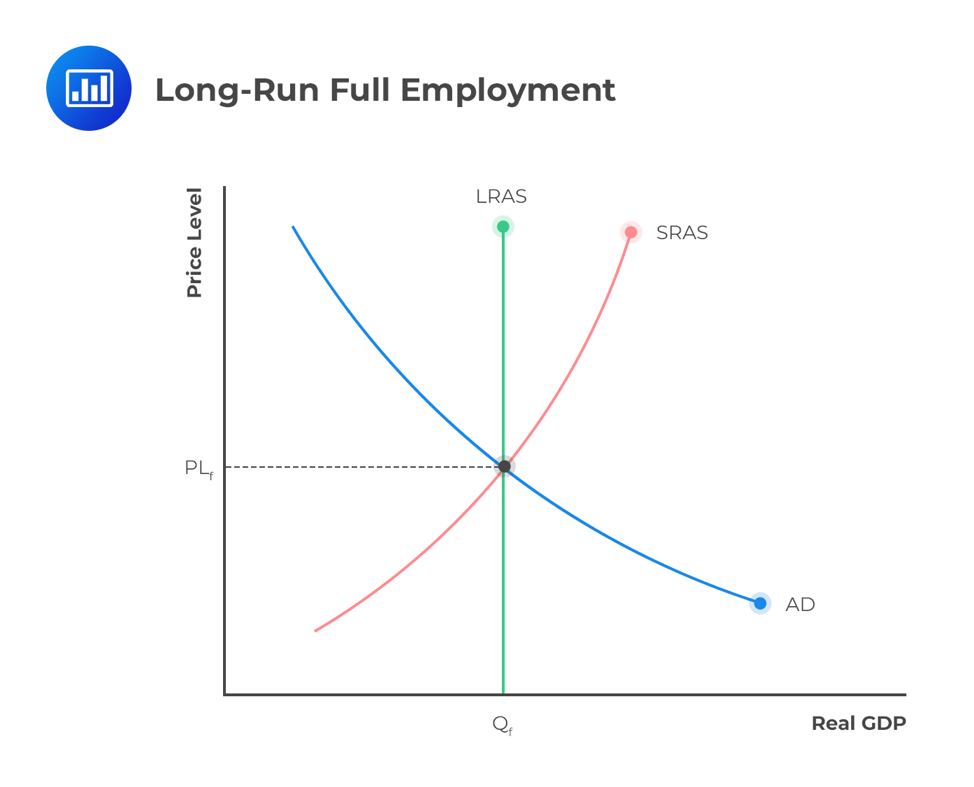


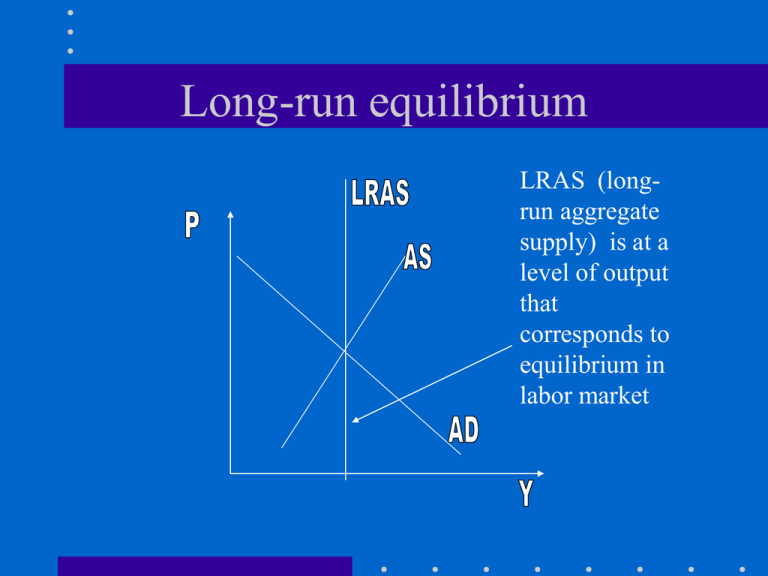

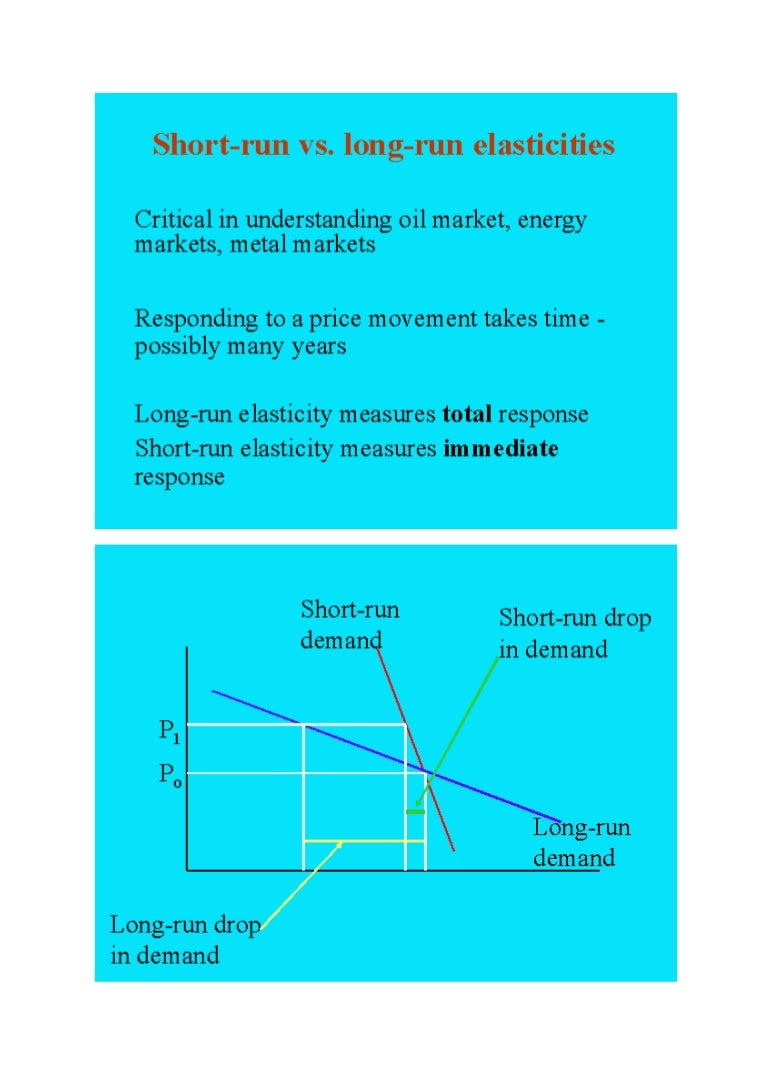


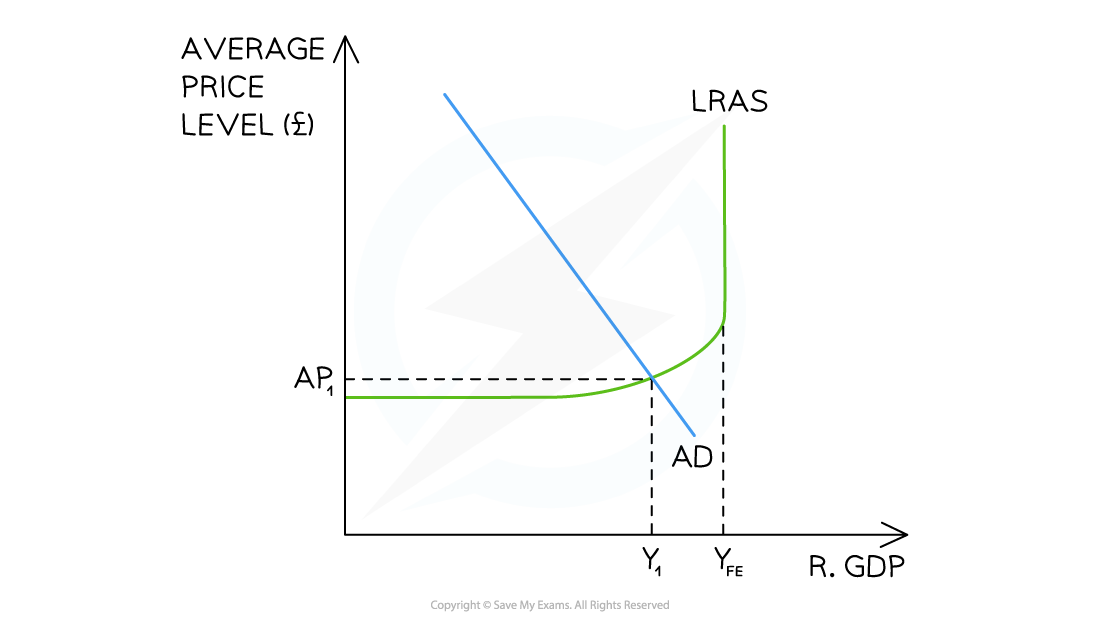


:max_bytes(150000):strip_icc()/Longrun_final-0a54e511165c4539ba930875983dc04b.png)
